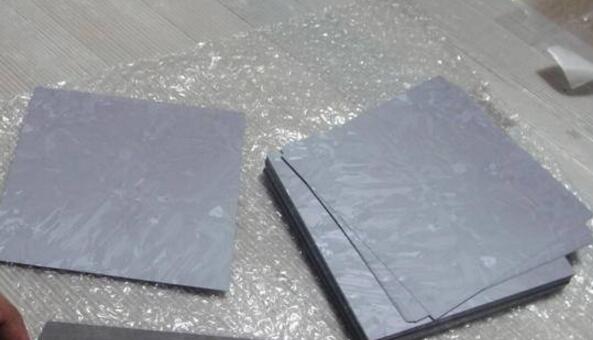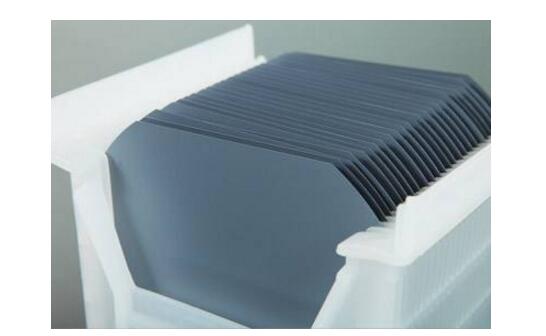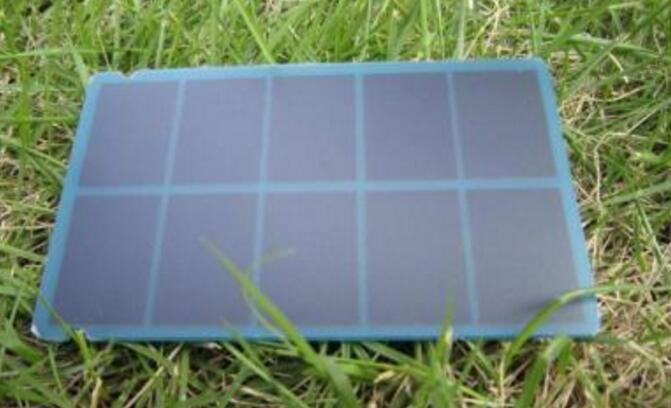Withstand high voltage up to 750V (IEC/EN standard)
UL 94V-2 or UL 94V-0 flame retardant housing
Anti-falling screws
Optional wire protection
1~12 poles, dividable as requested
Maximum wiring capacity of 25 mm2
25 mm² connector blocks, 60 amp Terminal Blocks,traditional screw type terminal blocks,PA66 Terminal Blocks Jiangmen Krealux Electrical Appliances Co.,Ltd. , https://www.krealux-online.com
Solar wafer production process analysis _ solar wafers are radiation toxic?
**What is a Solar Wafer?**
A solar wafer is a thin slice of silicon that serves as the base material for manufacturing solar cells. These wafers are typically made from crystalline silicon, which can be either monocrystalline or polycrystalline. In addition to crystalline silicon, other types of solar cells include thin-film, amorphous silicon, and concentrated photovoltaic cells. Each type has its own advantages in terms of efficiency, cost, and application.
Solar wafers play a crucial role in converting sunlight into electricity. When sunlight hits the surface of the wafer, it excites electrons within the semiconductor material, creating an electric current. This process is highly efficient and makes solar energy one of the most promising renewable energy sources available today. The wide range of applications, from residential rooftops to large-scale solar farms, highlights the versatility and reliability of solar technology.

**How Do Solar Wafers Work?**
The basic principle behind solar wafers involves the interaction between photons (light particles) and the semiconductor material, usually silicon. When light strikes the surface of the wafer, it generates electron-hole pairs in the PN junction. This movement of electrons creates a voltage across the wafer, and when connected in a circuit, it produces electrical current.
One of the more advanced methods of producing solar wafers is using ribbon polycrystalline silicon. This technique involves pulling a thin sheet directly from molten silicon, reducing waste and improving efficiency. Unlike traditional mechanical cutting methods, this approach minimizes material loss and enhances the overall performance of the final product.

**Production Process of Solar Wafers**
1. **Rounding and Squaring**:
The silicon single crystal rod is cut into a quasi-square shape, and the corners are rounded using a roller mill to prepare it for further processing.
2. **Pickling**:
The processed rod is immersed in an acid solution to remove surface impurities and contaminants, ensuring a clean surface for the next steps.
3. **Adhesive Bonding**:
The cleaned silicon rod is bonded to a workpiece plate to facilitate handling during the slicing process.
4. **Slicing**:
The bonded rod is mounted on a slicing machine, where it is cut into thin wafers based on specific process parameters.
5. **Cleaning and Degumming**:
After slicing, the wafers are pre-cleaned to remove any residual cutting fluid or debris, followed by a degumming process to ensure purity.
6. **Ultrasonic Cleaning**:
The wafers are placed in an ultrasonic cleaner to remove any remaining contaminants, ensuring a high level of cleanliness.
7. **Drying**:
The cleaned wafers are dried using a combination of centrifugal force and heat to eliminate moisture and prepare them for inspection.
8. **Inspection and Packaging**:
The final step involves inspecting the wafers for quality, including checking for appearance, thickness, electrical resistivity, TTV (Total Thickness Variation), and warpage. Based on these tests, the wafers are classified and packaged accordingly.

**Are Solar Wafers Radioactive or Toxic?**
While silicon itself is not toxic, the production process of solar wafers involves several chemicals and materials that can be hazardous if not handled properly. For example, during the manufacturing stage, certain acids and solvents are used, which can pose environmental and health risks if released improperly.
Additionally, some components used in the final assembly, such as solder, may contain lead, which is toxic. However, it's important to note that the finished solar wafers themselves are not radioactive or toxic. The radiation concerns mainly arise during the production phase, where exposure to certain materials and processes must be carefully managed to ensure safety. Overall, with proper handling and regulation, the use of solar wafers remains a safe and sustainable option for energy generation.